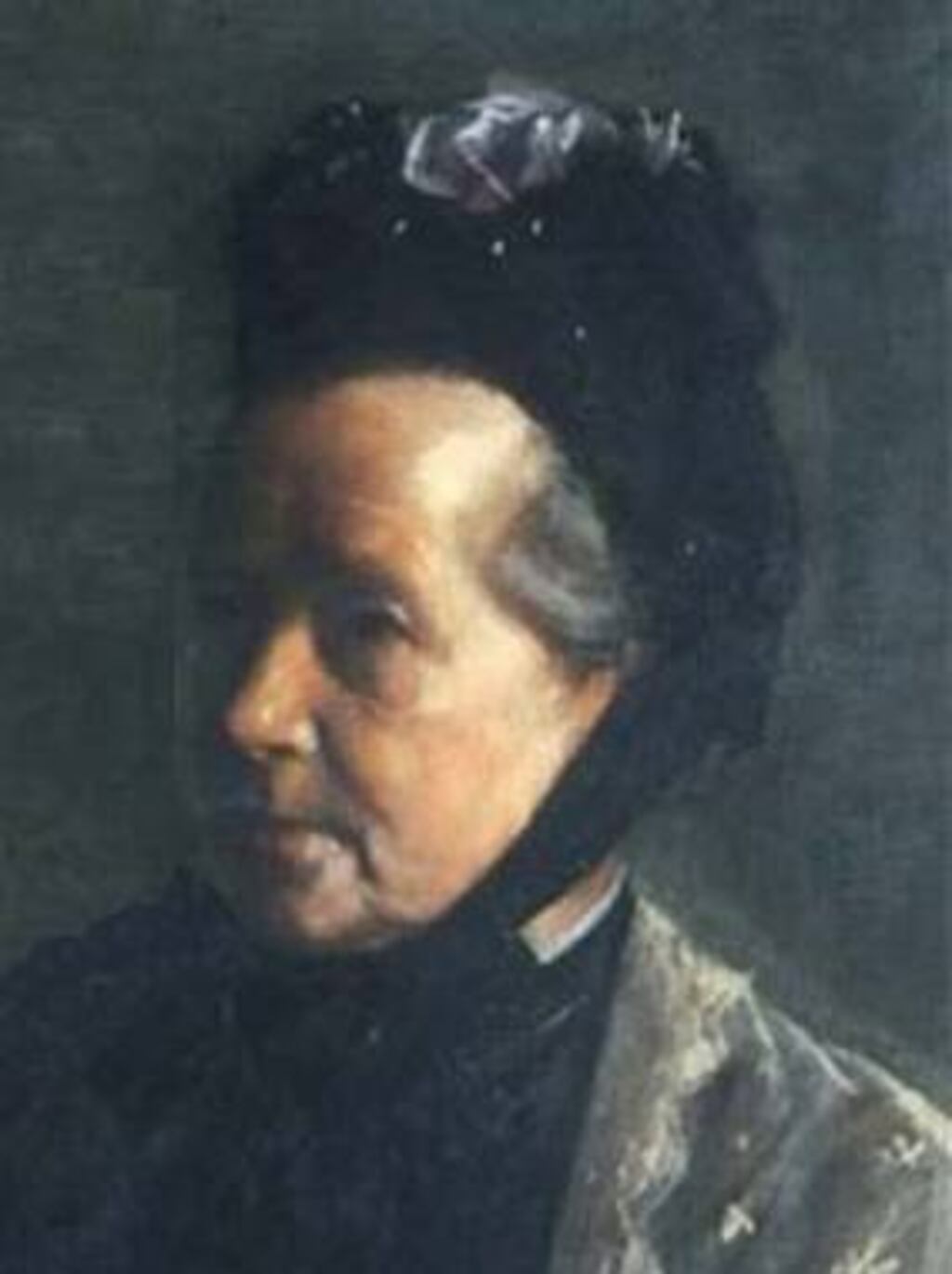In the pantheon of great Irish elections, the local ones of 1899 are little remembered today, 125 years on. But they were revolutionary in their own way, paving the way for the political freedom that a new century would bring.
They allowed women to vote for the first time. They greatly extended the general franchise. And by replacing the landlord-dominated grand jury system with democratically elected town and county councils, they finally wrested local government from the hands of the old ascendancy.
As Liam Kenny wrote in a letter to this page recently, they also conspired with another then-recent development – the founding of the GAA – to enshrine the county not just as a unit of government but as a badge of identity and loyalty in Irish life.
Henceforth it would be even more crucial whether you lived in, say, Enfield (Co Meath) or a few hundred metres away across the river Blackwater in Johnstownbridge (Kildare).
Push notification — Frank McNally on an “offensive” cycling term that refuses to die
Pork scratchings – Frank McNally on racist piggy banks, the decline of thrift, and the joy of building playgrounds
Dare-devil parliamentarian – Tim Fanning on the O’Gorman Mahon
Live from the GPO – Brendan Balfe on making waves at Radio Éireann
Mind you, as my fellow Frank (McDonald) has also written in these pages, electoral and administrative identities have their limits.
The more recent tribal loyalties of Fingal, South Dublin, and Dún Laoghaire-Rathdown may not be fully formed until they too have their own football and hurling teams.
In his 1908 book Contemporary Ireland, the French journalist and diarist L Paul-DuBois (1868-1938) was in no doubt that the 1899 elections marked a watershed moment in politics here.
“It is the exit of the Garrison and the entrance of the people,” he wrote. “Everywhere, except in Ulster, the Nationalist vote secures possession of the great majority of the seats, leaving only a small minority to the landlords.
“With the control of seats there passes as a corollary the control of the patronage for positions, such as those of clerk, workhouse master, rate collector, dispensary doctor, and the like, which were formerly retained in the hands of the Garrison, and from which, even at present, Catholics are rigorously excluded in many parts of Ulster. The democracy becomes practically supreme in local affairs, under the supervision of a central board.”
The breakthrough for women was also decisive, if limited.
Although she would live long enough to see a female Irish MP in the more famous elections of 1918, the locals of 1899 marked a triumph for the veteran suffragist Anna Haslam 1829(-1922).
A Cork-born Quaker, Haslam had been campaigning for female enfranchisement since 1866, and by the late 1890s had already helped ensure than many women were elected to the role of poor law guardians, administering relief of poverty.
In 1899, she now saw women allowed to vote and stand in local elections for the first time. They had to be heads of household – ie ratepayers – to qualify. And like men, they also had to be over 30. But it was a start.
The definitive literary portrait of Ireland’s early local elections, perhaps unfortunately, is James Joyce’s Ivy Day in the Committee, set a few years later in Dublin.
That was inspired largely by his brother Stanislaus’s sarcastic account of serving on an election committee with their father. But it presents a jaded image of Irish politics in the years after Parnell’s death, with canvassers working for money (and drink) rather than a cause.
Back in 1899, however, and outside Dublin at least, local politics may occasionally have suffered an excess of fervour.
Turnout defied predictions of some newspapers that the electoral reforms would be met with apathy. In the Carrick-on-Suir division of South Tipperary, for example, 75 per cent of those eligible voted. Elsewhere, there were reports of “fisticuffs” at polling stations.
In Maynooth, where the elections pitted a nationalist candidate called Ronaldson against the Lord Edward Fitzgerald, a descendant of the 1798 republican namesake but running as a unionist, one of Ronaldson’s meetings was broken up by “a howling mob, whose most conspicuous features were turmoil, disorder, and drunkenness”.
That this happened on St Patrick’s Day may have been as relevant to the row as any politics.
Either way, newspaper reports excused Fitzgerald from responsibility for what was called a “disgrace and blot on the fair name of Maynooth”.
I’m indebted for that detail to the aforementioned Liam Kenny, who included it in a booklet he compiled on the 120th anniversary of Kildare County Council.
But not all the electoral disorder in Kildare was seen in such a negative light. There was a lively dispute too in Monasterevin, where rival candidates Dowling and Cassidy vied for control of a strategic electioneering asset.
“Those best informed,” reported the Kildare Observer, “attribute the ultimate outbreak of hostilities to a narrow section, who having seized control of the local fife and drum band – originally established on neutral lines – refused to allow this band to attend the meeting at Kildangan, which [...] was in favour of Mr Cassidy.
The newspaper added, with apparent approval: “This was the first genuine Irish row witnessed in Monasterevin for a considerable number of years.”





